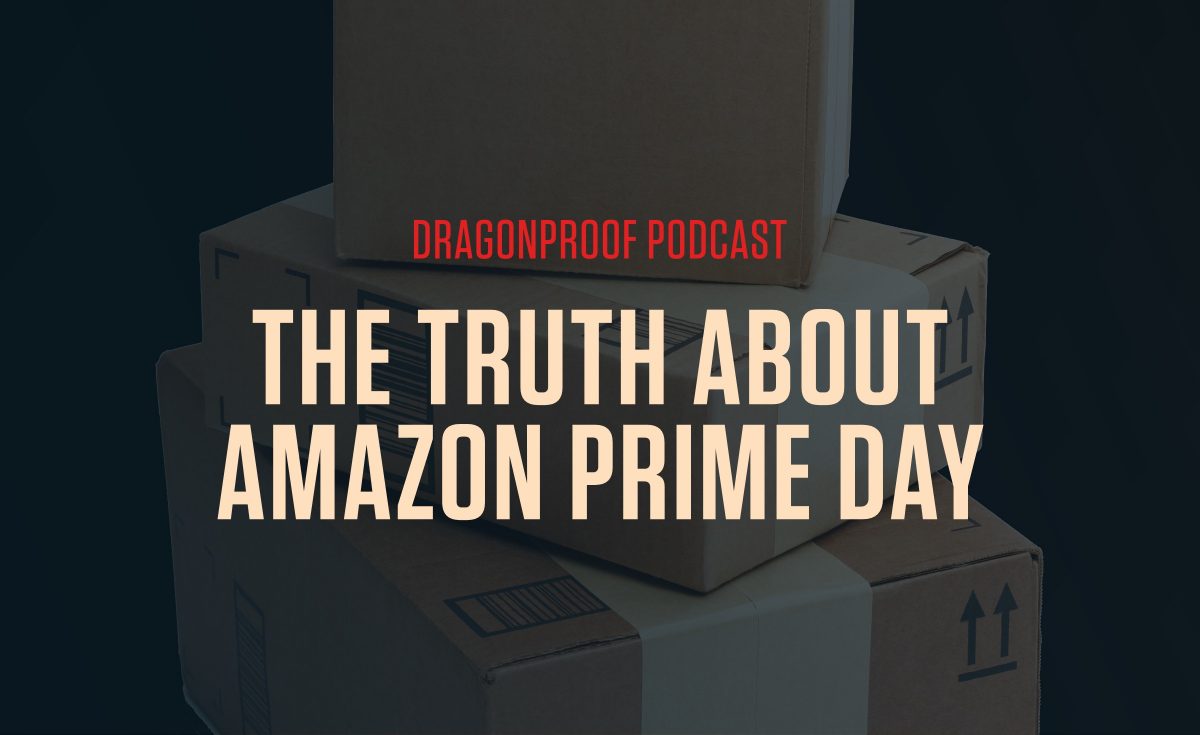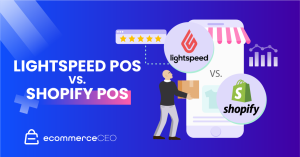 Author By Miva |
Author By Miva |- Posted on
- • June 15, 2021

The majority of coverage around Amazon Prime Day positions the annual sales event as a cultural event and retail free-for-all, which shoppers and sellers must patronize at any cost. But as Rick Wilson argues on the new Dragonproof Podcast, Prime Day does not fundamentally exist to offer deals, or to generate revenue for third-party sellers. Results from the past many years suggest that the sale has only these 3 goals:
- Acquire new Prime subscribers.
- Drive sales of Amazon-branded products.
- Lure third-party sellers to list on Amazon and join FBA, in order to be featured during Prime Day. These sellers will feel compelled to lower their margins for the sale, a decision which Amazon will use against sellers when controlling future pricing.
Remarkably, Amazon’s revenue from Prime Day in 2020 “only” amounted to about 10 billion dollars. While this is a huge 45% lift from 2019, it still must be viewed in context—Amazon’s total retail income for the year was 386 billion. That means that Prime Day accounts for less than an average day’s receipts—so the massive marketing push around it must be for goals other than just product sales.
If Prime Day’s main motive is to add Prime subscribers, then earning money for TPS is much further down the list, and Amazon’s policies will be set accordingly. This is dangerous for sellers, short-term and long-term. During the sale itself, Amazon will prioritize its own products first, and use time pressure and “doorbuster” deals on already inexpensive products in order to create an exciting Black Friday atmosphere for consumers. This leaves no room for shoppers to form any kind of relationship with seller brands, and burns discretionary income on quick impulse purchases. If the goal of acquiring more Prime subscribers is achieved, that means greater competition for independent ecommerce sellers in the future, and more difficulty for those sellers to achieve margin.
Despite these factors, Prime Day still represents an opportunity for independent sellers, both on and off the Amazon platform. Media coverage of the event over many years has created an audience which now expects discounts at this time of year, and not just at Amazon. Web traffic to the top 100 sites increased overall on Prime Day last year, suggesting that buyers are logging on for a deal and will leave Amazon to find it. So whether sellers want to tap into Amazon’s on-site traffic, or just throw a coordinated sale event elsewhere, there are many transactions to be had.
Here are some questions and techniques for sellers to consider when jumping into the event, or any sale at this time:
- First, sellers must understand the overall goal of their own sale, no matter where it is held. Is the priority revenue today, or building a future audience? Who is the sale for…loyal fans, or all new shoppers?
- Sellers should also define a clear goal about existing inventory. Are they holding a sale to feature the most popular products at a manageable discount, or to vent leftovers in the catalog at break-even prices?
- Major retailers like Walmart, Best Buy, etc. are offering counter-sales at the time of Prime Day, and sellers can use the cultural momentum of these events to their advantage. Bypassing Amazon and reaching out to audiences directly with email and social, explicitly calling out Prime Day in the content, sellers can eliminate Amazon’s fees while still drafting off of their traffic.
- 4. If sellers want to execute a loss leader strategy on Amazon, they should choose items which pair well with additional purchases of items at full price, then suggest that pairing through bundling deals and content.
- All businesses should be aware of the benefits and costs of special pricing. Specifically, assess the risk of pricing too low, even just during the 48 hours of Prime Day. Is this training customers to hold out for rock bottom prices in the future?
Every retailer will have different takes on these approaches. In any case, by transforming Prime Day into a massive pop culture event, Amazon has inadvertently gifted all independent sellers with a great opportunity. The expectations of the public have been stoked and they are ready to find a deal. By understanding the true motivations and limitations of the Amazon event, sellers can attract that business and leverage Prime Day effectively.
To hear Rick’s full analysis of Amazon Prime Day, stream the new Dragonproof Podcast here.


